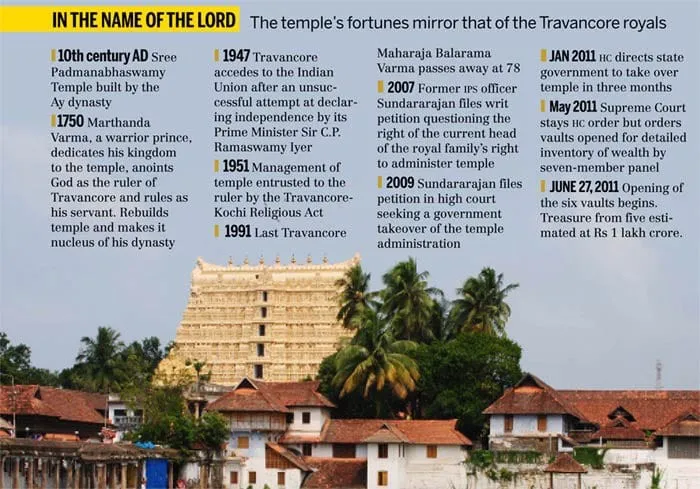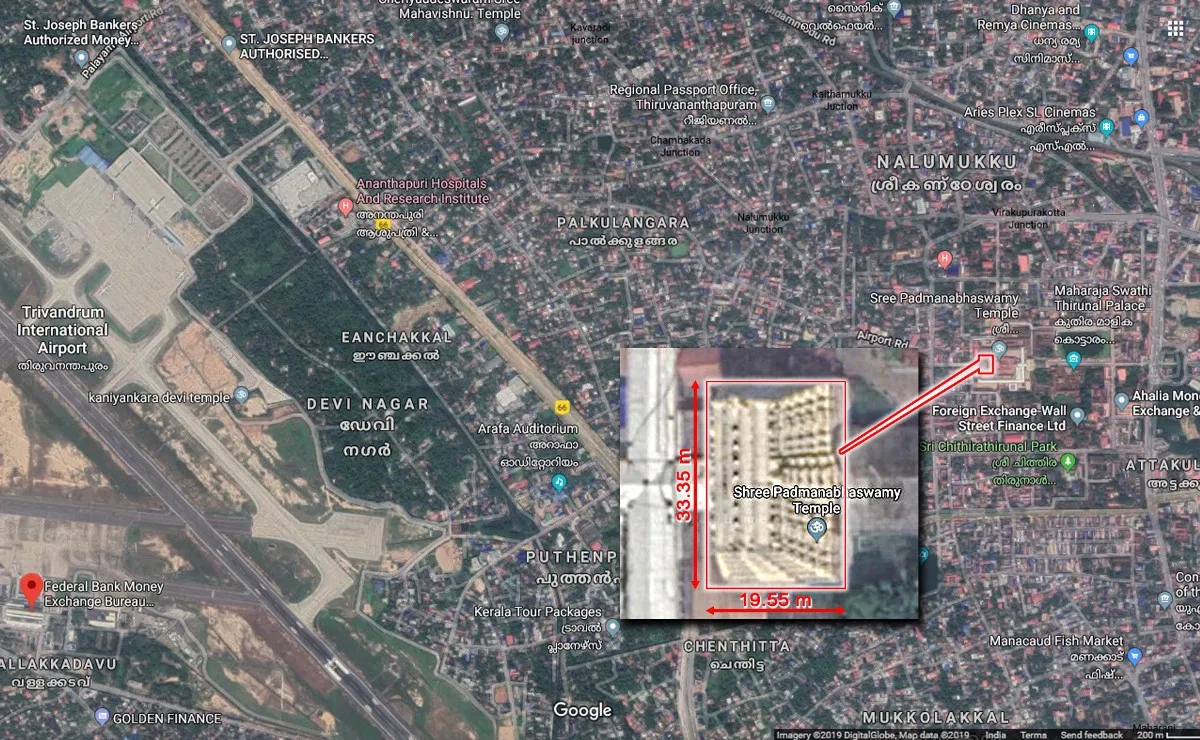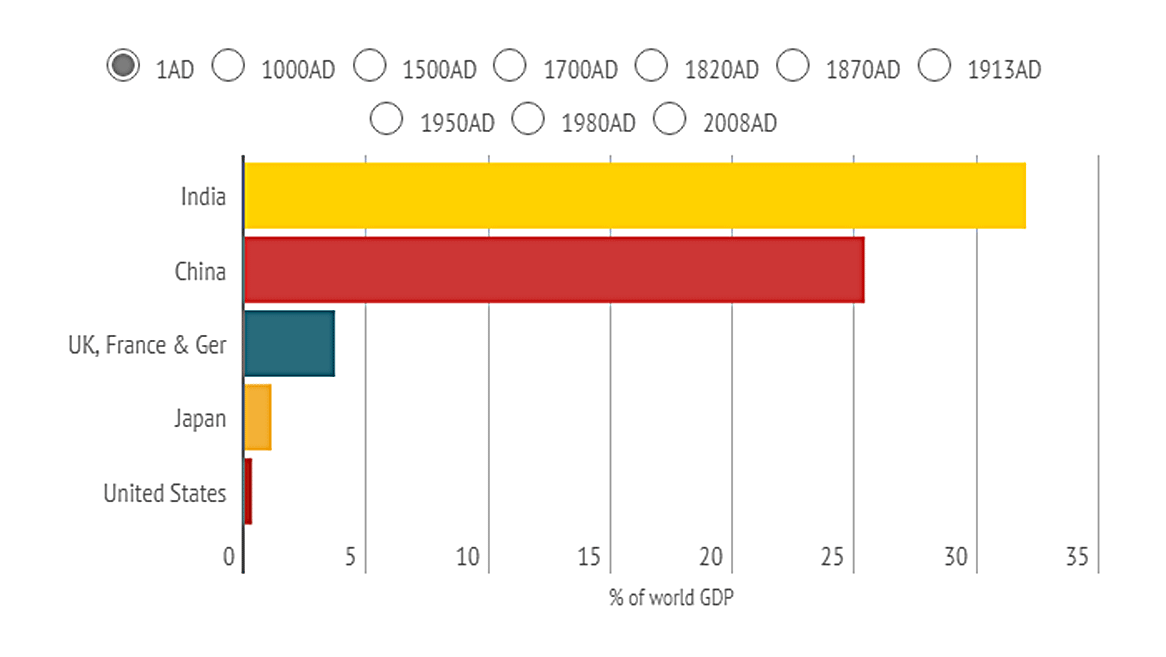There’s no other place on this planet where so much wealth is aggregated within a space way less than a thousand square meter. It is Sri Padmanabhaswamy temple in an Indian state of Kerala, popularly known as God’s own country.

The Exotic Sri Padmanabhaswamy Temple During Equinox: An Architectural Wonder & A Treasure Cove Of Immeasurable Wealth
Until 2011 Sri Padmanabhaswamy temple was just one of the 108 Vishnu temples or Divya Desams. Although the temple management authorities were aware of the existence of six vaults situated very close to the sanctum-sanctorum of the temple, no one had a clue what was hidden in them. Then a discovery team from the Supreme Court of India startled the world. They opened five of the six vaults designated as vaults A, B, C, D, E and F, and discovered a treasure that was beyond human imagination. Although the sixth (B vault) and the largest vault could not be opened yet, an inventory reported by the Supreme Court-approved team included a massive collection of around 3,000 tonnes of gold, diamonds and gems in the form of pots, jars, crowns, chairs, idols, thrones, jewelry and thousands of gold coins minted by almost all of the known civilizations of the world including the Romans, Venetians, French, Dutch, Moguls, so on and so forth. The treasure has been accumulated over thousands of years, the oldest dating back to 200 BC.
Modern History Of The Temple
Although legend has it that the temple was built on the first day of Kalayuga (5,000 years ago), the recorded history traces it back to the 10th century AD.

Infographic Credit: India Today: Who owns Sree Padmanabhaswamy temple treasure in Kerala?
The Trillion Dollar Treasure Cove
The largest vault hasn’t been opened yet. Subsequently two more further subterranean vaults were discovered and labelled as G and H. Yet the discovery is already hailed as the largest collection of items of gold and precious stones in the recorded history of the world. The intrinsic value the court officials placed on the discovery was $22 billion, not taking into account the cultural, historic and antique value of the treasure. The actual valuation may be difficult as apart from the intrinsic value of the items at current prices, all the items unearthed also have a very high historic or antique value as collectables. There are bundles of rare antique gold coins weighing 800 kilos approximately. The intrinsic value of a single 5 gram French colonial gold coin, the ‘Napoleon’, would be less than $200 at current market prices. But each of those coins might fetch value in 6 figures, if not in millions, depending on its rarity.

A 1794 Silver Coin Sold For Record $10 Million in a 2013 auction
For instance, a 1794 silver dollar, which many experts believe was the first such coin minted by the U.S. Mint, sold for a record $10 million at an auction in 2013.
The value of a collectable depends on its condition, supply and demand and most importantly its rarity.
Jim Dobson, a prolific Forbes contributor and exotic traveller who visited the temple in 2015 wrote:
"Adding to recent treasure findings in several other vaults, the researchers are estimating could total over $1 trillion."
There are a bunch of other reports that speculate the temple treasures’ market value at trillion dollars. Only Indian Supreme Court’s conclusion of its investigation into the treasure inventory will prove if those estimates are credible.
Meanwhile, to put it into some spatial perspective that potential trillion dollar wealth, if established in a credible appraisal, will be concentrated in an area just about half the size of an olympic swimming pool. That’s a humongous $1.5 billion per square meter of land space that the temple structure occupies.

Even before the remaining vaults are opened and audited, it’s already established that the treasure trove under Sree Padmanabhaswamy temple is the greatest collection of valuables in the history of mankind. Hidden or revealed, there’s no greater treasure anywhere on the planet.
The devotees believe that all temple wealth belongs to the deity. Speaking to a journalist during last year’s floods, Prince Aditya Varma of the temple custodian Travancore Royal family, said:
"the treasure was “kept by our forefathers to be used in times of need. Let the Supreme Court decide to pledge this to raise money for our state which is going through one of the worst tragedies."
If some of the temple wealth goes to eradicating poverty, nation-building and strengthening Indian economy, would the Gods be angry?
Well, I think it will not only be good karma, but the best ever karma that devotees can ever imagine. Even the Travancore Royal family, traditional temple custodian, shouldn’t disagree with that.
Evidence Of India’s Lost Glory
Except for the last few centuries, marred by the British colonization and its after effects, India has always been the dominant economic powerhouse during the entire recorded history of the civilized world. No country ever reached 30+ percent of world GDP as India did for centuries in the beginning of the first millennium and maintained the lead until the British invasion.

This GIF animation is based on an infogram created from the Maddison Project data.
The treasure discovered in this temple is a glittering evidence of India’s past glory. Perhaps it can also become a means to trigger a chain reaction that can potentially reclaim that lost glory.
Conclusion
If there is any known treasure in the world that has the potential to challenge the market cap of Apples, Amazons, Microsofts of the world, it is right here in Thiruvananthapuram. But that’s not to say that hundreds of other popular Hindu temples across India aren’t the repositories of unaccounted or hidden wealth. In fact there’s fairly long list of Indian temples that have proven hoards of wealth, and daily offerings that rival revenues of fortune 500 companies. Much of this temple wealth in India is ‘idle’ wealth — just locked up in vaults, making no contribution to the economy.
Will the influence of the wealth of this temple in God’s own country ever leave His abode to rid the world of poverty?
With all that wealth idle and unmonetized, does India deserve to be poor anymore?
Appreciate some upvotes if you find the article useful. First published in Medium
Pledge-XC:
If you wish to pledge support to the Prosperism movement, the terms remain the same as previous posts, with the following pledge:
“I pledge to share my SBD+Steem reward from this post with @prosperist to earn Xteem tokens @ 1 Xteem token / $0.01”.
Thank you for your continued support.
